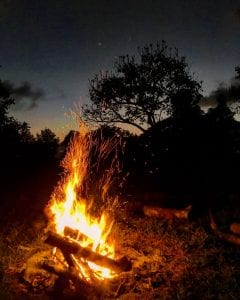We are in the final days here at La Selva Biological station in Costa Rica. 10 weeks ago I started my project in the OSA peninsula which feels like a lifetime ago. Originally pursuing a project looking at seed dispenser activity as it related to fig trees across land use types. These land use types or conservation strategies being national park, Eco-lodge, research station and payments for ecosystem services. I started by locating fig trees that were fruiting and observing the animal activity throughout the day as well as recording bat calls at the edge and interior of the forests. Along with the sonar recordings and observations, forestry data was also collected in plots throughout the sites. 
Beginning days went fairly smoothly but as most field research goes, roadblocks were encountered and changes to my project had to be made. It was impossible to locate a fruiting fig at every location and without repeatable methods good research begins to become sloppy so I had to adjust my questions and focus on what I could do at every site which meant abandon my fig observations.
During my 3 weeks at Piro biological station I was able to release baby sea turtles, hike 14 miles a day and collect over 20,000 bat calls.
next we went to las Cruces Biological Station during which we visited La Amistad international park. Tucked away in the mountains for a few days with no electricity we unwind with a fire.
After las cruces, we headed to Manuel Antonio National Park and did field work for 4 days. Got in some beach time before the final stretch at La Selva.
Week 8 finds us settling in at La Selva Biological station. The forest here is rich and full of life.
Now 10 weeks later in my final days and the data is coming together. Its been a great learning experience and I hope what I collected can be used to help answer important questions about conservation strategies and how forest structure impacts wildlife.








